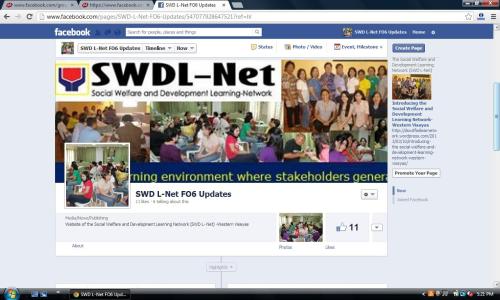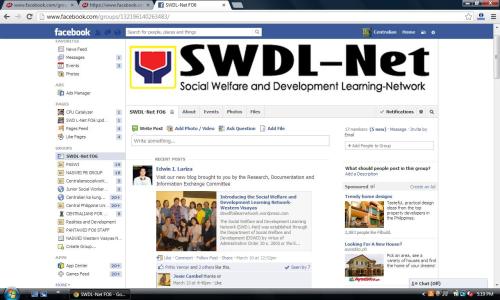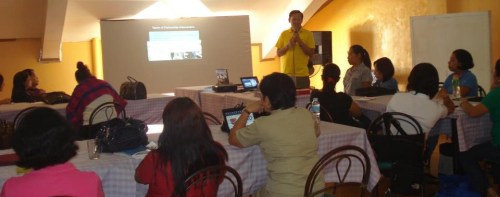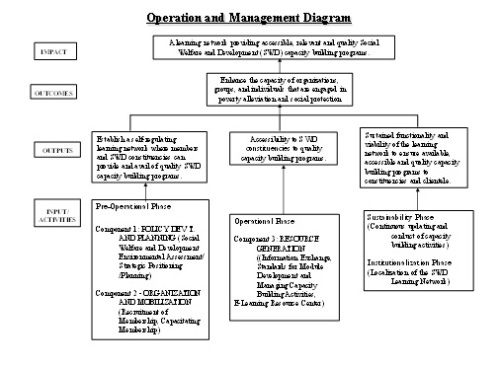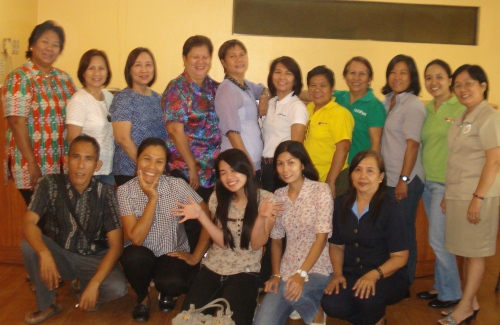Today starts the celebration of the 14th NGO PO Week in Iloilo. Spearheaded by the Iloilo Coalition of NGOs and POs (ICON), the annual celebration is done in partnership with the provincial and city government to give due recognition to the role of Non-government organizations (NGOs) and People’s Organizations (POs), and other civil society organizations in nation building. It has been institutionalized by Provincial Ordinance No. 2000-042 and City Regulation Ordinance 2001-190.
This year’s theme is “Reclaim our Noble Heritage: Sustain the Power of Networking.” It was supposedly intended to respond to the multi-billion pork barrel scam that has besmirched the noble aim and name of NGOs. In fact, the planned highlight of the celebration is the big gathering of NGOs and POs in the city and province of Iloilo to tackle the current national crisis brought about by the pork barrel scam. As well, as the subsequent backlash even to genuine organizations that have been consistently serving the marginalized sectors of the society. At the planning stage, we felt the need to strengthen our ranks through linkages and networking to safeguard the organizations from fly-by-night ones. We consider the crisis an opportunity to bring into the public consciousness the noble heritage and role of NGOs in nation building.
 In fact, in a statement published after the finalization of the plan last November 2, ICON has deplored the use of fake NGOs in a conspiracy to steal taxpayer’s money which besmirched the noble aim and name of non-government organizations . The Coalition has observed two angles in the current controversy- the systemic graft and corruption practices and the role of the NGOs.
In fact, in a statement published after the finalization of the plan last November 2, ICON has deplored the use of fake NGOs in a conspiracy to steal taxpayer’s money which besmirched the noble aim and name of non-government organizations . The Coalition has observed two angles in the current controversy- the systemic graft and corruption practices and the role of the NGOs.
We considered the act a double injury. The large -scale misuse of the people’s money is outrageous. Siphoning money out of government coffers thru fake NGOs adds insult to injury. For it besmirch the good image established by the genuine NGOs for decades. Worse, it provides justification to some government officials and local chief executives who do not feel comfortable with the watchful eyes of NGOs and their seeming intervention as provided for by the local government code in the Philippines. For indeed, one way of averting the systemic robbery in our government is to involve genuine NGOs in monitoring projects.

ICON member, MASIPAG- Visayas, handles the relief operation of the Philippine-Misereor Partnership, Inc.-Panay Cluster to famers in San Dionisio, iloilo
We have simplified the celebration, though, due to pressing needs of the time which have also made our officers and member organizations busy in respective relief operation and rehabilitation plans. The following are the activities we decided to retain out of the previous plan:
December 2, 2:00 pm Opening of Photo Exhibit, Robinsons Place, Iloilo City
December 3 – 8:30 am, Forum on Volunteerism, 4th floor Henry Luce III Libraries Central Philippine University
December 6- 8:30 am NGO-PO Fellowship and Capability Building Seminar, 4th floor Henry Luce III Libraries, CPU
December 7- Advocacy- Dialogue with NSTP students in various universities and colleges
The supposed highlight of the celebration on December 6 will be spent, instead, to discuss how we can maximize our participation in the on-going relief operation and how we can sustain linkages and networking in helping in the rehabilitation or rebuilding process. In this way, our theme will still be relevant in responding to the crises in our country in various fronts or aspects. In the midst of crises, let us continue to celebrate this milestone of networking in Iloilo.



